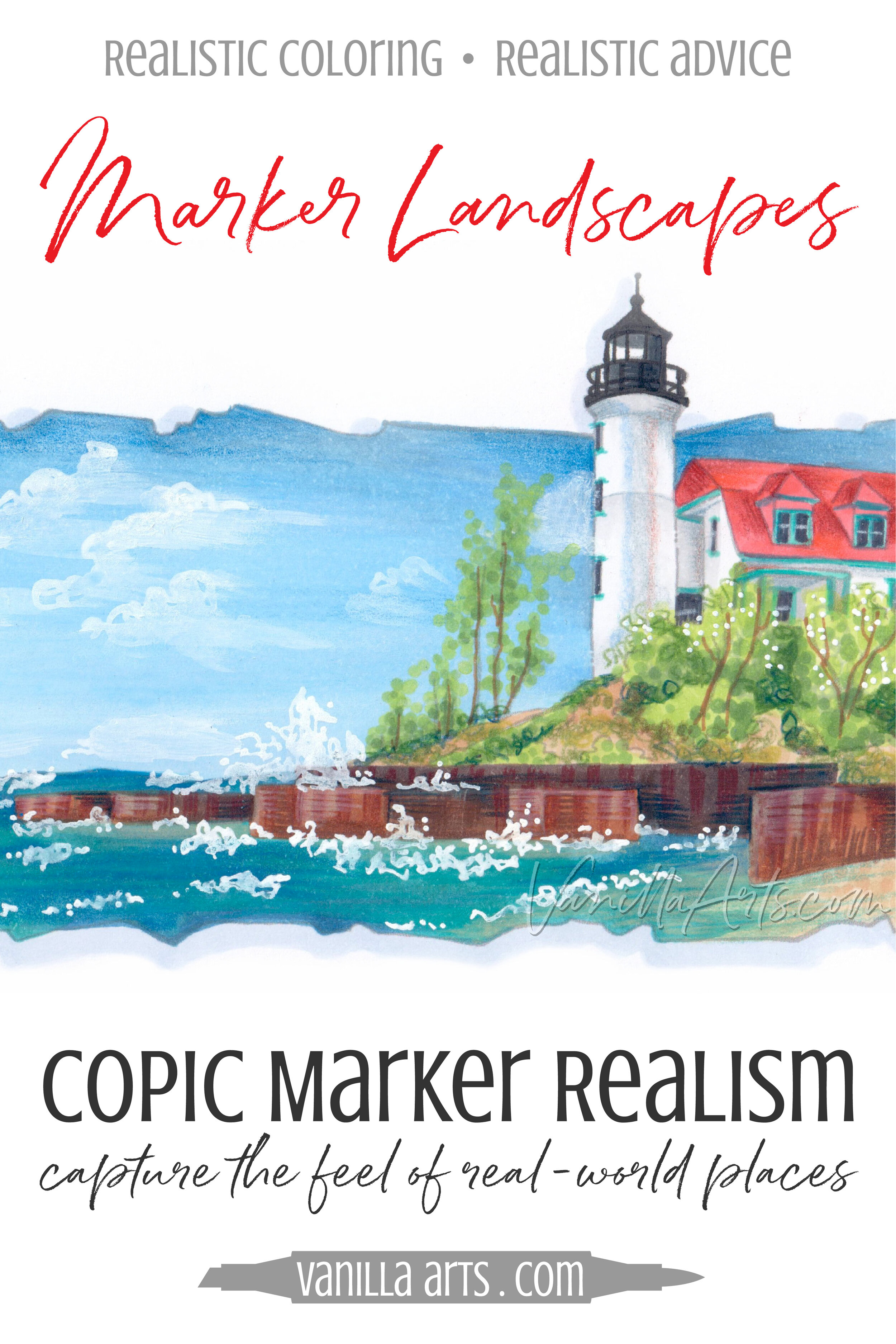Digital Stamps,
Copic,
Colored Pencil Class,
Marker Painting Workshops,
Prismacolor Pencil,
Realism,
Online Class
Amy Shulke
Digital Stamps,
Copic,
Colored Pencil Class,
Marker Painting Workshops,
Prismacolor Pencil,
Realism,
Online Class
Amy Shulke
Read More
Challenge Level Classes,
Colored Pencil,
Colored Pencil Class,
Copic,
Digital Stamps,
Remember When Classes,
Improve Your Coloring
Amy Shulke
Challenge Level Classes,
Colored Pencil,
Colored Pencil Class,
Copic,
Digital Stamps,
Remember When Classes,
Improve Your Coloring
Amy Shulke
Read More
Challenge Level Classes,
Colored Pencil,
Colored Pencil Class,
Copic,
Digital Stamps,
Remember When Classes,
Improve Your Coloring
Amy Shulke
Challenge Level Classes,
Colored Pencil,
Colored Pencil Class,
Copic,
Digital Stamps,
Remember When Classes,
Improve Your Coloring
Amy Shulke
Read More


